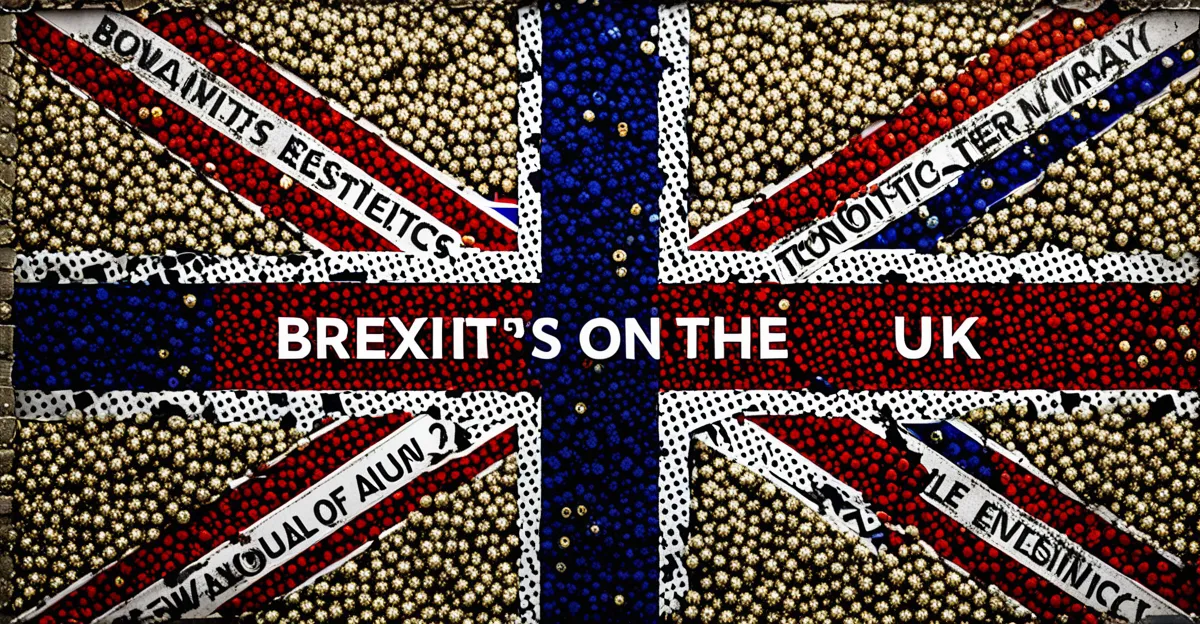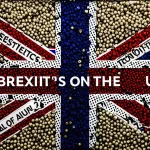Long-Term Shifts in UK Trade Relations
Understanding the long-term shifts in UK trade relations requires examining the evolving dynamics between the UK and its key partners post-Brexit. The Brexit trade effects have notably altered UK-EU trade flows. While trade volumes with the EU remain significant, there has been a gradual decline in import and export quantities due to new customs procedures and regulatory checks. This has increased friction, especially for sectors reliant on just-in-time supply chains.
In response, the UK has aggressively pursued new trade agreements to diversify beyond the EU. These deals aim to boost UK global trade patterns by opening markets in Asia, North America, and beyond. Early agreements offer tariff reductions and regulatory cooperation, fostering growth in industries like technology and pharmaceuticals. However, the full benefits depend on how effectively businesses adapt to evolving trade rules.
Additional reading : What influence do UK tabloids have on public opinion?
Key sectors such as manufacturing, agriculture, and financial services face varying impacts. Manufacturing has faced challenges due to complex cross-border logistics, whereas agriculture grapples with export restrictions. Overall, the UK’s trade strategy reflects a shift from heavy EU reliance to a more globally balanced approach, signalling an important structural transformation in its economic landscape.
Investment Trends and Capital Flows Post-Brexit
Since Brexit, foreign direct investment (FDI) UK patterns have experienced notable shifts. Initially, Brexit uncertainty led to a decline in inward FDI, as businesses hesitated amidst regulatory changes and questions over market access. However, some sectors, such as technology and finance, maintained resilience, attracting investment due to the UK’s established infrastructure and talent pool.
Additional reading : What Are the Latest Political Developments in the UK?
How has Brexit investment influenced multinational strategies? Many multinational corporations reevaluated their UK operations, balancing risks with strategic positioning. While some relocated parts of their supply chains or headquarters to EU countries, others increased their capital flows into UK subsidiaries to capitalize on new trade agreements and market opportunities. This recalibration reflects both caution and adaptation.
Business confidence remains a critical driver of capital flows. Surveys indicate fluctuations, with confidence improving as trade deals materialize but remaining tempered by ongoing trade frictions. The outlook for future capital inflows depends on sustained policy clarity and global economic conditions.
In summary, post-Brexit capital flows show a complex picture: initial slowdown, sector-specific resilience, and a cautiously optimistic trajectory as the UK combines new trade agreements with efforts to boost its investment appeal.





